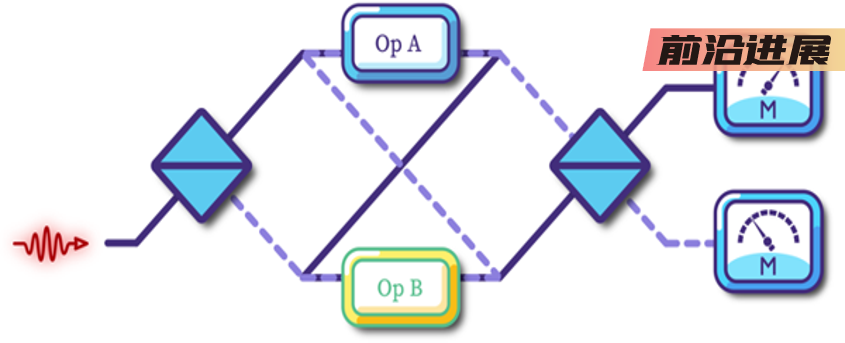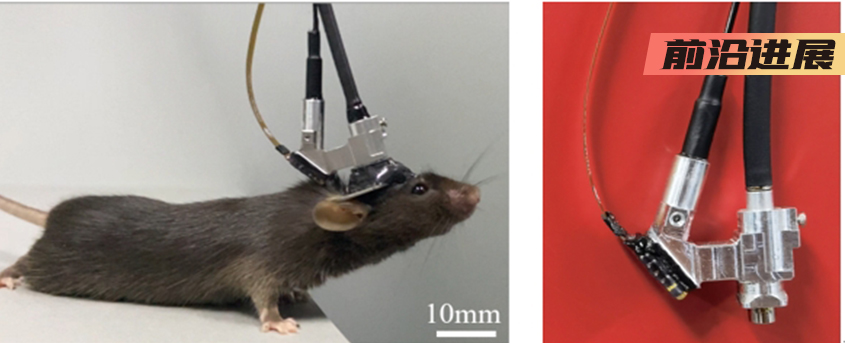Date: 10 Oct 2014
Nonlinear optical response of graphene in terahertz and near-infrared frequency regime
Abstract
In this review, we discuss our recent theoretical work on the nonlinear optical response of graphene and its sister structure in terahertz (THz) and near-infrared frequency regime. Due to Dirac-like linear energy-momentum dispersion, the third-order nonlinear current in graphene is much stronger than that in conventional semiconductors. The nonlinear current grows rapidly with increasing temperature and decreasing frequency. The third-order nonlinear current can be as strong as the linear current under moderate electric field strength of 104 V/cm. In bilayer graphene (BLG) with low energy trigonal warping effect, not only the optical response is strongly nonlinear, the optical nonlinearity is well-preserved at elevated temperature. In the presence of a bandgap (such as semihydrogenated graphene (SHG)), there exists two well separated linear response and nonlinear response peaks. This suggests that SHG can have a unique potential as a two-color nonlinear material in the THzfrequency regime where the relative intensity of the two colors can be tuned with the electric field. In a graphene superlattice structure of Kronig-Penney type periodic potential, the Dirac cone is elliptically deformed. We found that not only the optical nonlinearity is preserved in such a system, the total optical response is further enhanced by a factor proportional to the band anisotropy. This suggests that graphene superlattice is another potential candidate in THz device application.
Yee Sin Ang was born in Johor Bahru, Malaysia in 1987. He graduated from the University of Wollongong, Australia, with a Bachelor degree in medical and radiation physics (honors) in 2010. He is currently a PhD candidate (theoretical condensed matter physics) at the University of Wollongong. His research interests include nonlinear optical response and transport properties of graphene and other low dimensional nanostructures.
Qinjun Chen is a PhD student of School of Physics and ISEM, at the University of Wollongong, Australia. He obtained his Bachelor degree from Jiangsu University in 2008 majoring in inorganic non-metal materials. He became a master student of South China University of Technology working in Professor Qinyuan Zhang’s group, where he carried out experimental research on rare earth ions doped laser glasses, such as Ho3+ and Tm3+ doped glass ceramics. He completed his master’s degree in material science and engineering in 2011. Later in July 2011, he joined in Professor Chao Zhang’s group in the University of Wollongong to pursuit his PhD degree. His PhD research on theoretical modeling of transport properties of topological insulator, particularly HgTe quantum well (QW) which is known as the first 2 dimensional topological insulator. He investigated the nonlinear response and photo-mixing effect in HgTe QW topological insulators.
Chao Zhang received his MPhil and PhD degree from City University of New York in 1985 and 1987. He was a postdoctoral fellow at Max-Planck-Institute for Solid State Research in Stuttgart, Germany from 1987 to 1989. He was a research associate at TRIUMF in Vancouver Canada from 1989 to 1992. Since 1993, he has been a faculty member of the School of Physics, University of Wollongong, Australia. Currently he is a professor of physics and group leader in terahertz research. He is a fellow of Australian Institute of Physics. His research interest includes terahertz optoelectronics, nonlinear optical properties of semiconductors and graphene, electronic properties of low dimensional semiconductors with spin-orbit coupling, and thermionics in nanomaterials and nanosystems.









